| Sunday, July 29, 2007 |
| Pendadaran Sebulan lalu... |

28 Juni kemaren, tepat 1 bulan paska aku pendadaran tesis. PRnya tentu aja ada beberapa masukan untuk penyempurnaan alias revisi. Tapi, alamak...ampe sekarang belum kepegang blaz. Padahal, aturan yang berlaku di CRCS, 2 bulan sejak pendadaran revisi belum kelar, harus melakukan pendadaran ulang!!! Capek dech!!!
Ohya, nich abstract tesisku kemaren....
ABSTRACT
The focus of this study is about four types of women’s veil in Yogyakarta. The differences of veil types are viewed from the eyes of women through their perceptions of their bodies. It founds the fact that their choices of veil types have no one meaning, but they have various particular meaning from women.
The leading questions are: how is the body discourse in the Muslim feminists view? How are the body’s meaning in the types of veiled women? How are the consequences that women experience and receive from each types of veil in their public space? This research uses the feminist ethnography that has aims to: (1) record women life and activity, (2) understands women’s experience from women’s viewpoint, and (3) conceptualise women’s behaviour as the expression of the social context. The data taken from in-depth interview, observation, and literature study to express four types of veiled women’s perspectives on their meaning of jilbab in the differences of forms. This research is grounded by my awareness as a veiled women who is encouraged to understand the motivation of women’s veil choices in the glow of jilbab practices amidst Muslimah from themselves.
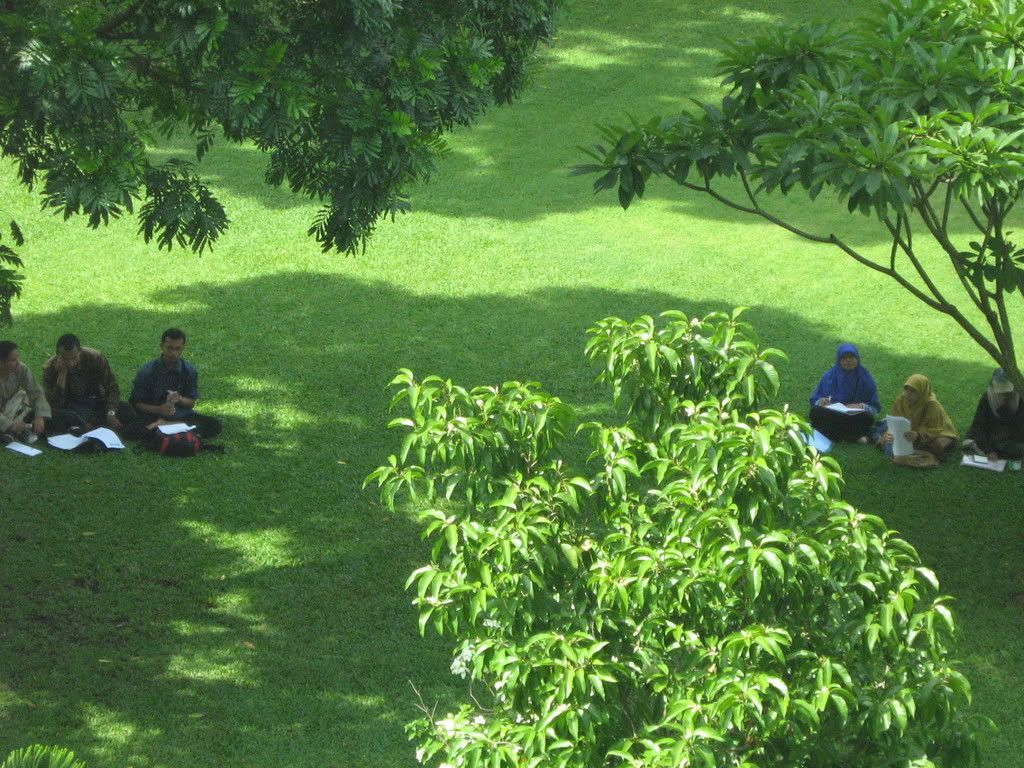
The women’s perceptions on their bodies were affected by many factors outside them. The religious doctrines that are transmitted through the conservative and feminist thinkers, then they are extended through the books or ustadzs (religious teachers) and the speakers in the seminars shape a new awareness and then are applied in their jilbab practices in their life. The development of jilbab models that are presented through mass media also the Muslimah clothes stores inspired several women to choose certain model of jilbab.
The results are found that there are four models of jilbab around the Muslim Women: Cadar, Jilbaber, Tradition Jilbab, and Jilbab Gaul (Funky jilbab). Each of them has the uniqueness of shape and meaning behind ther jilbab practices. Jilbab is not only understood as a conversion from the bad past to the better life as Brenner said, but the choices of jilbab models are also understood as a tradition, following the mode trend, and performance appearance. The differences of perception emerged the differences of the consequences that have to be accepted by women, such as the hiding body in the particular jilbab, the choices of activity spaces, the differences of mahram meaning and the identification of each women group.
Jilbab, whatever its model, is a choice of women on their body. However, it should not make women limit their existence in their social interaction, access of opportunity in the public space, and agree to the stereotype of women bodies in their social life, and then make their voices unheard.
Key words: perception, women, the body, jilbab, public space, feminist ethnography
with love, yunes : 10:31 PM
0comment
|
|

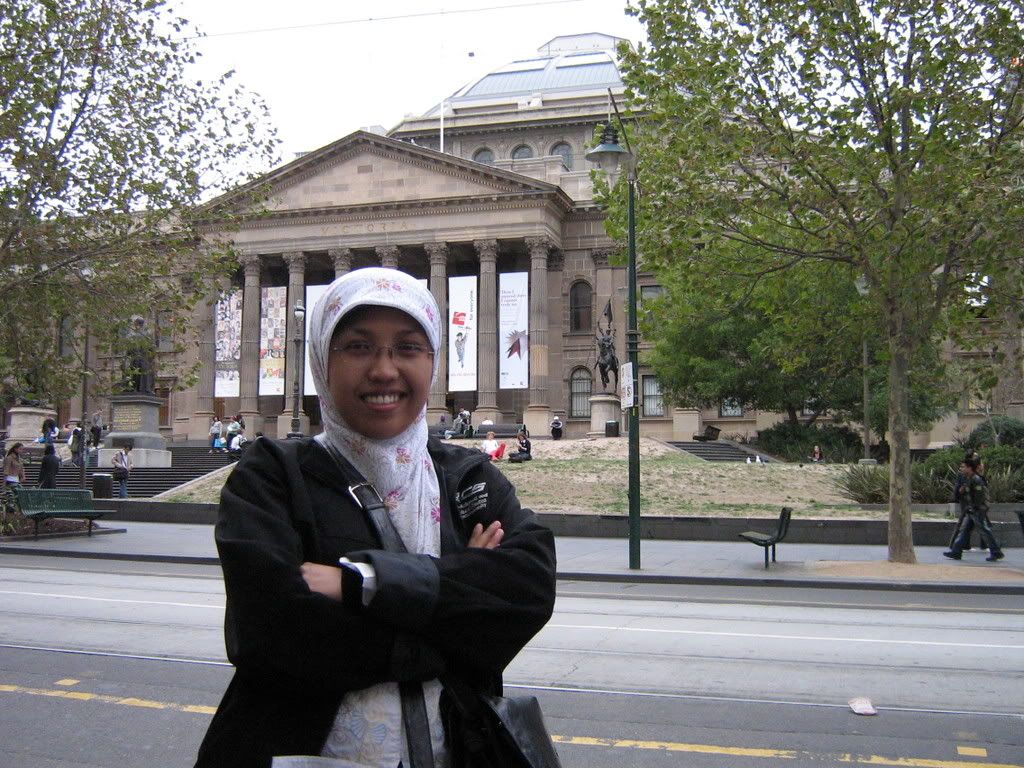
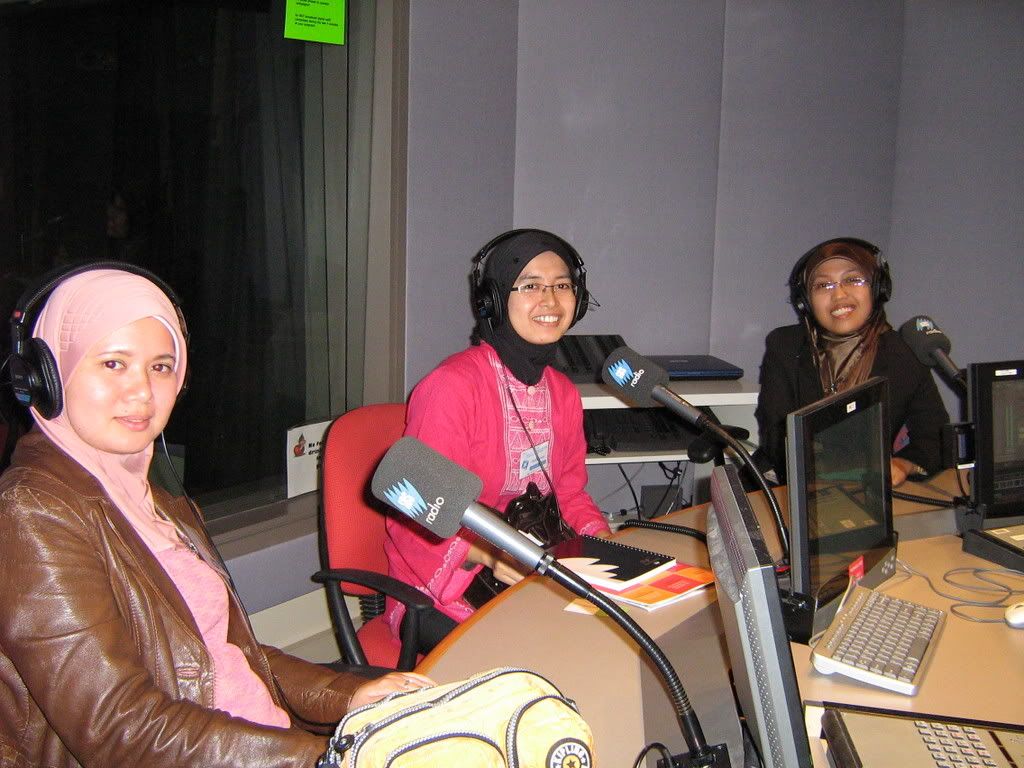
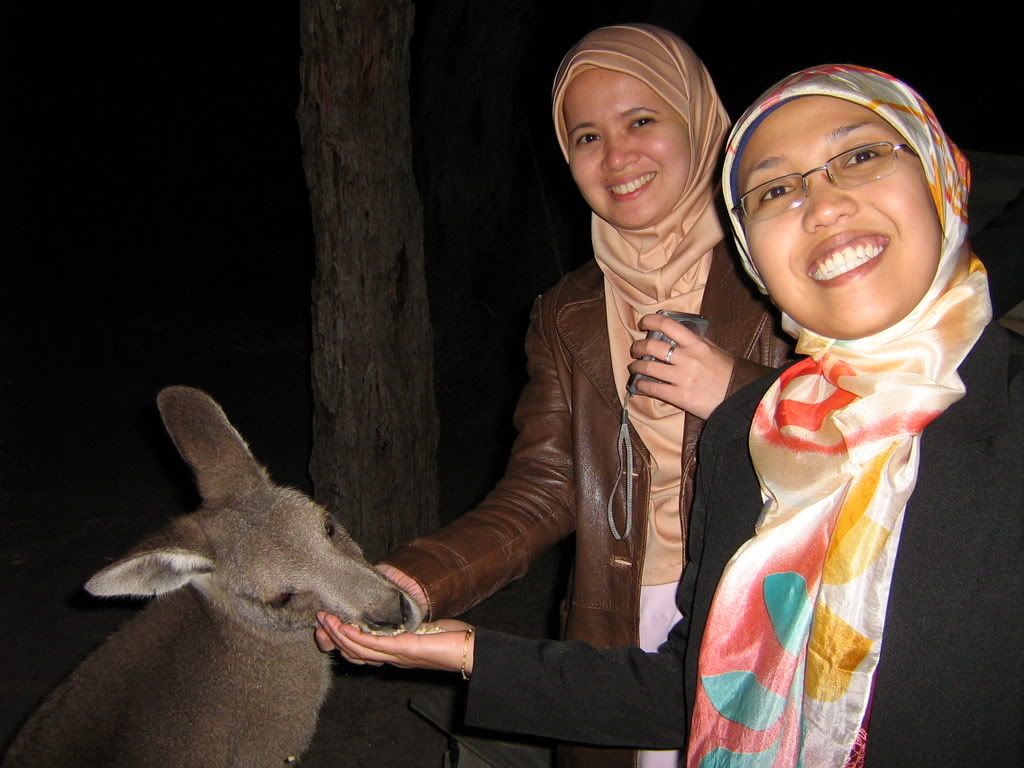
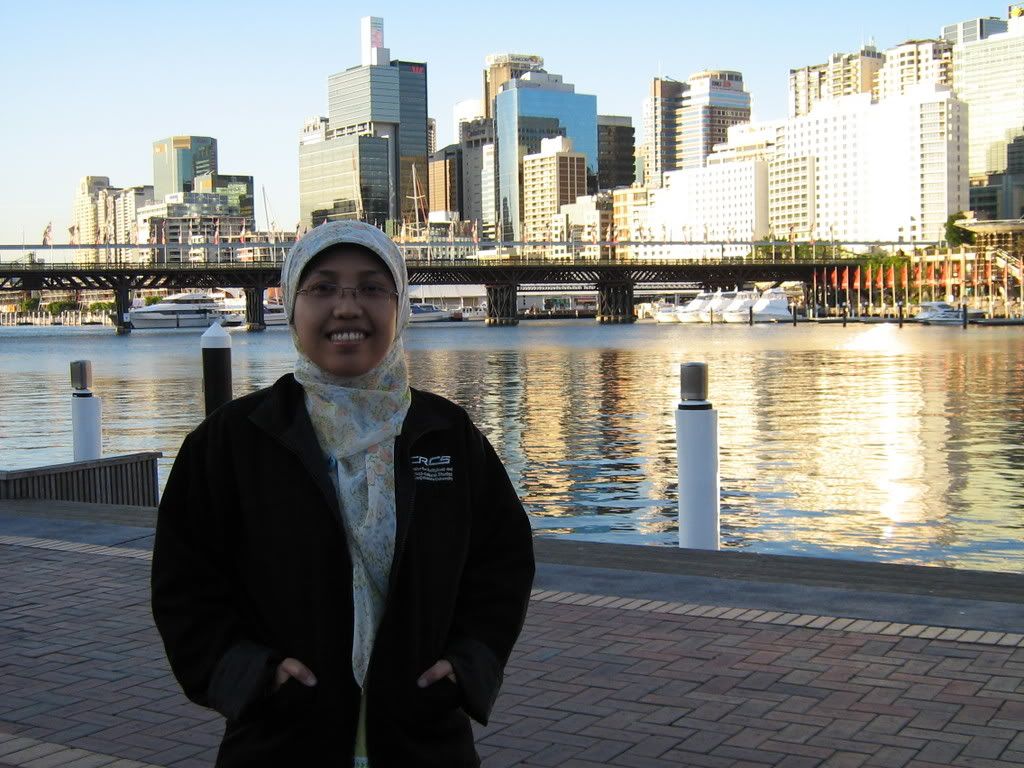
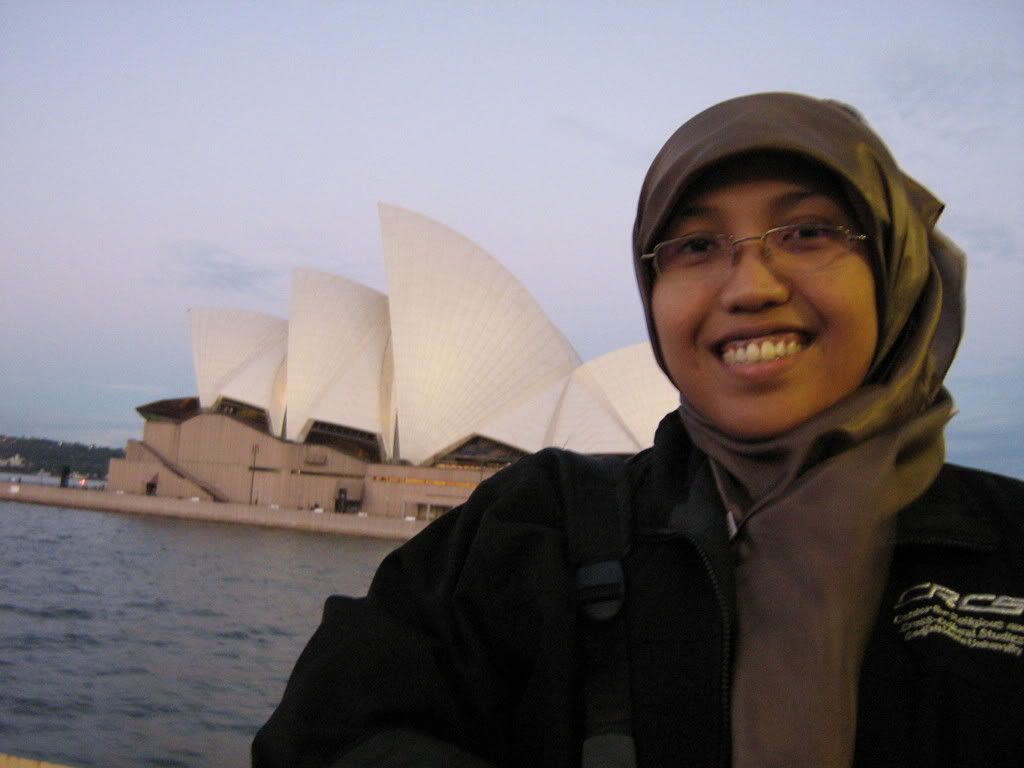 ...................................................
...................................................





 ...................................................
...................................................